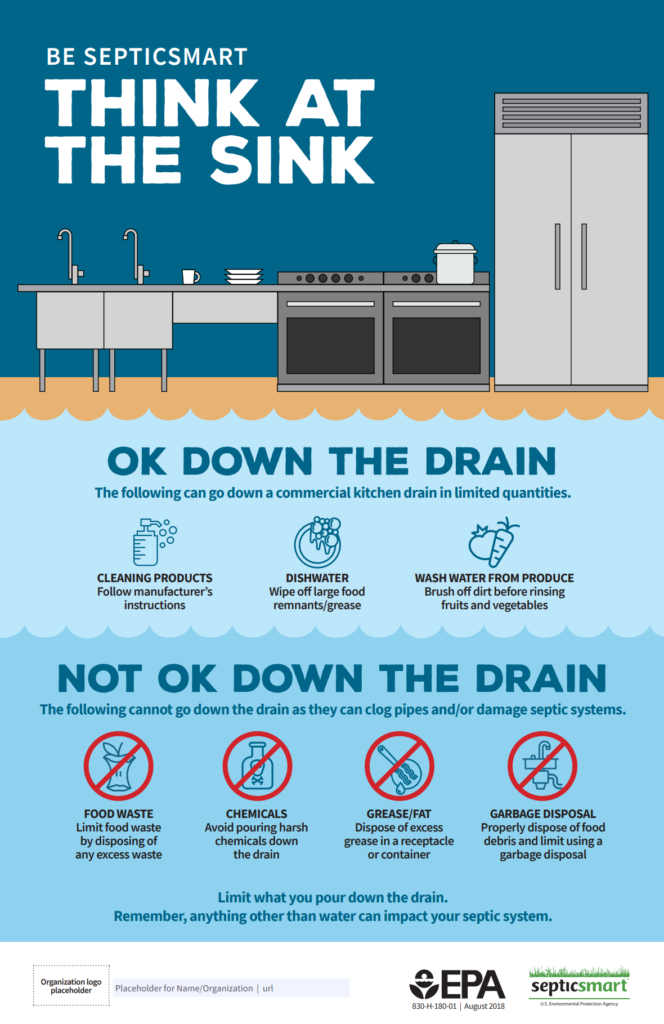
2024 Fee Schedule
2024 OSS Application
This must be completed and submitted to ACHD prior to any OSS installation. OSS installations that require a permit include New Residential OSS Installation, Tank Replacements, Modifications to an OSS, Minor Repairs of an OSS, or Installation of a commercial OSS. A permit is not required for replacement, addition, or modification of broken or malfunctioning building sewers, risers and lids, sewage tank lids, sewage tank baffles, sewage tank pumps, pump control floats, pipes connecting multiple sewage tanks, and OSS inspection boxes and ports where a sewage tank, treatment component, or soil dispersal component does not need to be replaced.
Homeowner OSS Installer Test
In Asotin County, the only persons allowed to install an On-Site Sewage System are licensed OSS Installers or Homeowners.
Homeowners, or their immediate family members, may install an OSS every two years for a home that they inhabit and/or intend to inhabit for at least two years after construction if they meet the following requirements: 1. Homeowners must successfully complete a test for competency administered by the District; 2. Homeowners must follow the approved design; and 3. Homeowners who utilize the help of any individual, who is not a licensed installer under Asotin County Health District, bear the responsibility to ensure the OSS is correctly installed.
ACHD must give express permission for a Homeowner to install an OSS.
OSS Record Drawing
After final inspection of the OSS is completed by ACHD, the installer must complete and submit this form before an “Operational” Permit is issued.
What is OSS?
An on-site sewage system (OSS) is commonly referred to as a septic system or septic tank. OSS is used when a house is not connected to the city sewer system. Many houses in Asotin County use OSS. The major benefit of OSS is that you are able to comfortably live where the city sewer system does not go.
The homeowner is responsible for the installation, maintenance and repairs of their system. Failed systems can result in sewage reentering the home or leaking into the environment. Local and state code provides guidance to ensure a safe, effective and long lasting system. You can read more about the Washington Administrative Code (WAC) that relate to OSS to learn about the responsibilities of the homeowner.
Asotin County OSS code can be found below. This code provides information that specifically addresses the unique needs of Asotin County.
Caring for your OSS System
Routine maintenance and minor repairs are necessary to ensure the system will last a long time. OSS systems that are properly built and maintained can last for decades. System failures are more likely to happen in tanks that were poorly designed or lack regular maintenance. Systems also do eventually need to be replaced as they do not last forever.
OSS tanks should be pumped every 3-5 years. You may need to have your tank pumped more often if your tank is undersized for the usage or if your tank is older.
System owners may not be aware that their tank is starting to fail. Regular pumping of the tank helps ensure the system is still functioning as it should. System failures can pose a risk to the environment and health.
Helpful Information
Signs of OSS Failure
Why Maintain Your Septic System
Quick Tips Videos
EPA Homeowner Septic Smart Guide
Washington State Approved OSS Tanks
OSS Lid Safety
Office of Wastewater Management Information
Washington State Standards and Guidance
EPA On-Site Wastewater Treatment Systems Manual, EPA 625/R-00/008

